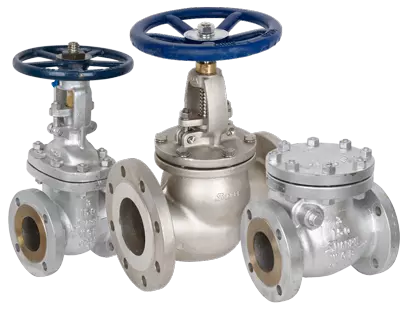Through analyses of hazard sources in major processes, it can be determined which
valves are the main valves and play the role of safety protection. The failure of these
valves can lead to significant operation and safety accidents. Thus, it is of great importance to ensure the reliable, efficient and safe operation of these
valves, and these valves should be the valves with the higher safety integrity level (SIL).
In highly automated oil, natural gas and chemical plants, there are still some operating procedures which can not be effectively controlled by the distributed control system (DCS) or the programmable logic controller (PLC). Human intervention is in need when safety
valves are being overhauled or replaced; when inlet and outlet shut-off valves are being switched; when valves are being switched or air-tight doors are being opened or closed during the sending or receiving process of long-distance pipeline pigging stations' spherical pigs; when equipment is being maintained; when hosepipes are being installed in or disassembled from oil tanks or cargo vessels. As long as the misoperation of the staff happens, it will cause the major personal injury or death. According to some statistics, more than half of the accidents are related to the maintenance and misoperation. In order to prevent such accidents, reliable valve locks or mechanical interlocks can be equipped with these valves to show the open and closed status of
valves.
The toxic media leakage of
valves is an environmental protection issue, subject to the restraints of relevant environmental regulations and the monitoring of relevant environmental departments. Chemicals and volatile organic compounds (VOCs) released from petrochemical plants are one of the main sources of air pollutants. According to data of the US Environmental Protection Agency (EPA), VOCs relaesed from
valves accounts for 62% of the total amount of VOCs. Developed countries have already enacted strict regulations to control the emission of toxic VOCs.
If the noise levels of some
valves with high flow exceed the limits of environmental regulations, effective measures must be taken to reduce the noise of the valves. Methods like selecting pipes and valves with larger sizes to reduce flow rates of valves' internal parts, setting mufflers and replacing the
valves with those with lower noises can be adopted.
